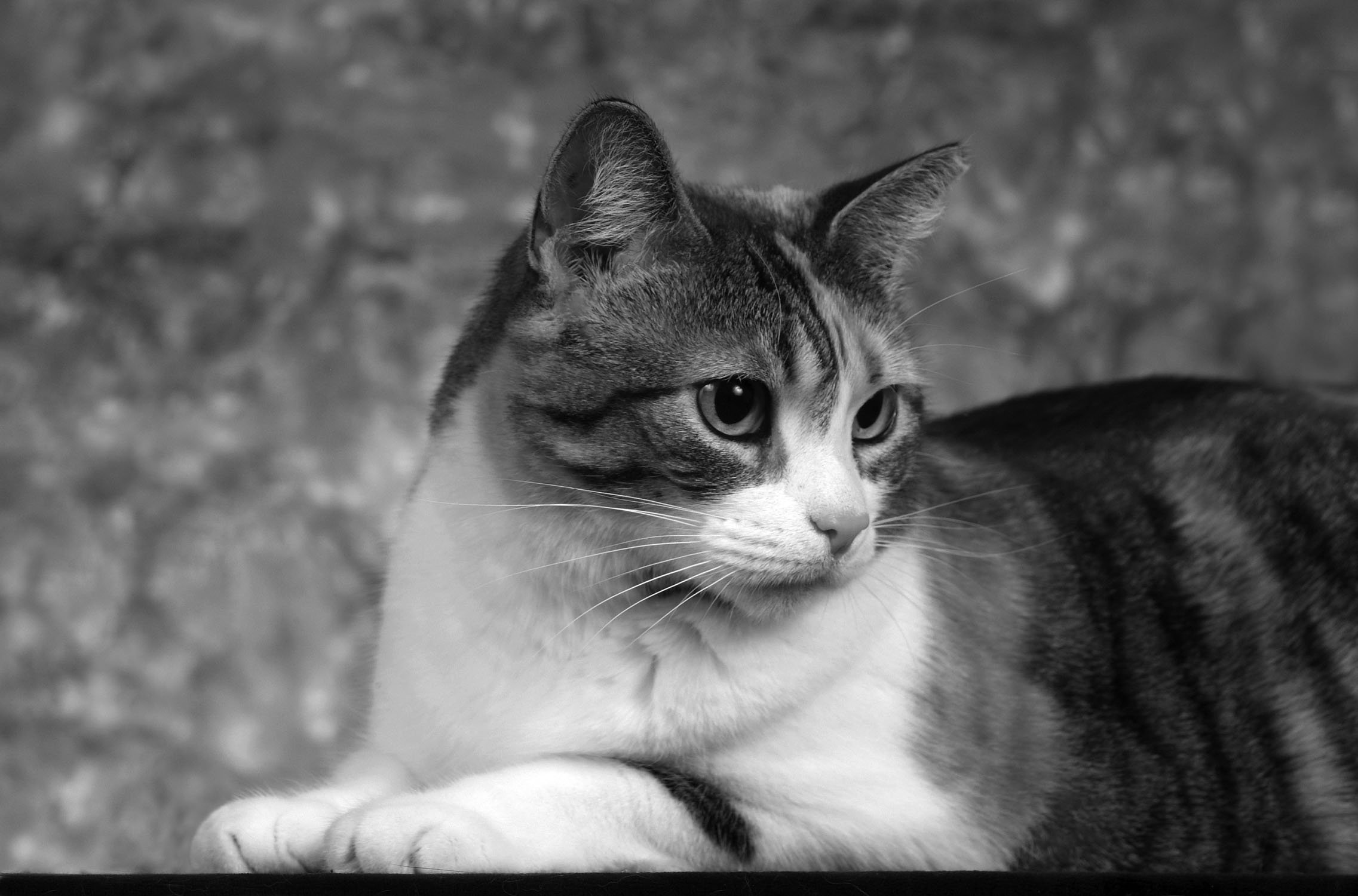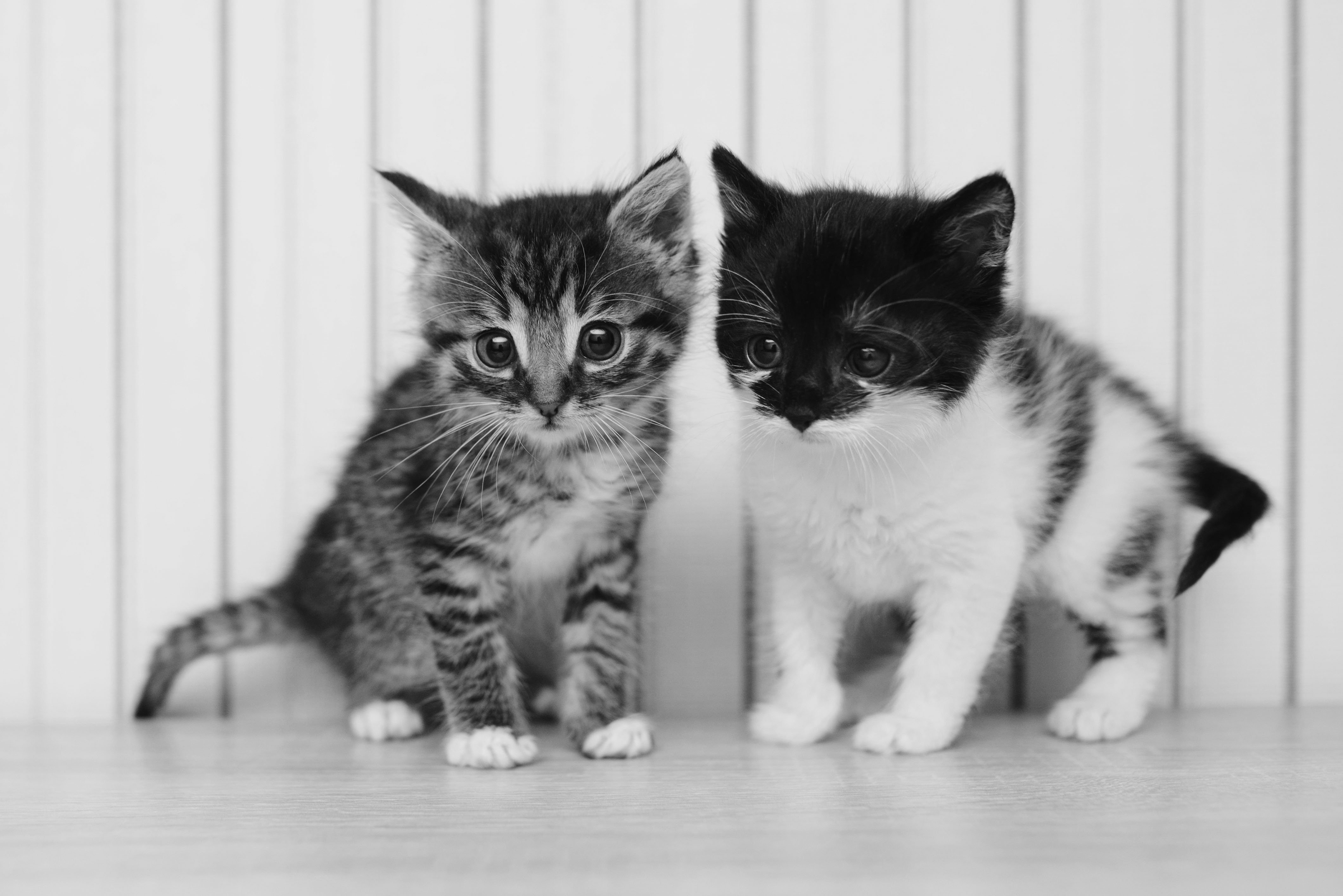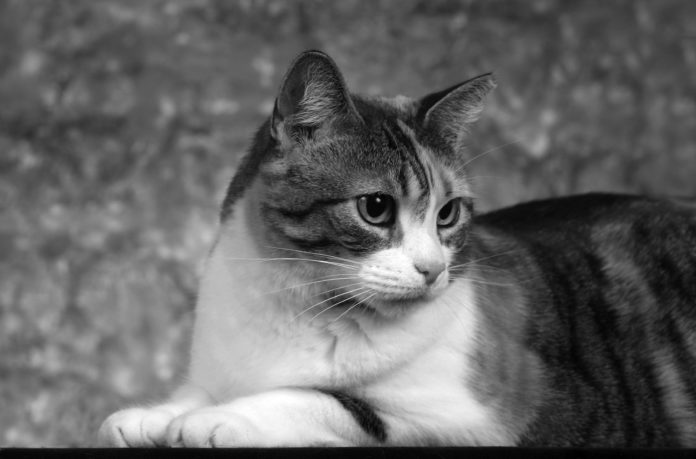AWell, we cats are naturally inclined to be neat about our elimination patterns, but sometimes humans don’t understand our needs.

First, let’s talk about that litter box. Location, location, location. We want a private bathroom, just as you do. High-traffic areas are simply not good litter-box sites.
If the litter box is destined for the basement, you may have to keep it in the main living area until your kitten is comfortable and confident about using stairs and going by himself into the strange, new basement area.
Be sure the litter box isn’t too tall for the kitten to comfortably get in and out. If it’s one of the ones with a top on it, you may want to give up on that. Some of us just don’t like enclosures.
If you have more than one cat, this kitten may have pushed the cat-litter-box ratio too high. While some cats don’t mind sharing a box, many of us find it somewhat, uh, disgusting. Consider adding a litter box choice or two, even if they’re within a few feet of each other.
Also in a multi-cat household, you need to be certain it’s the new kitty who is leaving messes. Your veterinarian may be able to provide a harmless prescription stain. Given orally, the stain reveals urine in ultraviolet light. It takes several days for the stain to clear the cat’s system, so sleuthing takes time, especially if more than one cat is suspect (you’ll need to do the cats one at a time).
© Ababaka | Dreamstime.com

You didn’t say where you got your kitten, but if he was used to going outside in the dirt, that typical clay kitty litter might not be the best choice. You may need to start out filling the box with dirt, then gradually work in the kitty litter of your choice. You can also scent the box just a bit by leaving behind a little urine or feces, as a reminder about what the litter box is for.
Speaking of scent, some of those “perfumed” products are downright obnoxious. It can be overpowering when your nose is only six inches above it.
We all agree on low-dust, however. The litter must be absorbent, too. If it’s a clumping litter, you may need to clean the box more than just once a day. Those clumps might look tiny to you, but for us, they’re huge boulders.
There are a few of us cats who don’t like the feel of clay pebbles under our feet. A non-clay litter—although more expensive—might be to your new kitten’s preference. You can try newspaper, corn, pine, or another specialty litter.
Help your kitty along. Place him in the box after he’s taken a nap or eaten a big meal or just finished a really fun play session. These are opportune times for you to do some encouraging because they’re moments we cats tend to need to go.
A health problem is a common cause for older cats to stop using the litter box. Kittens are susceptible to intestinal parasites, which may make us ill and have trouble making it to the litter box. A consultation with your veterinarian is always a good idea.
Finally, and I hesitate to even remind you of this because you’re a reader of this newsletter—which means you’re a caring, educated cat owner—don’t punish your kitten. She won’t know why she’s in trouble, and it won’t help convince her to use the litter box.
—Sincerely, Elizabeth




